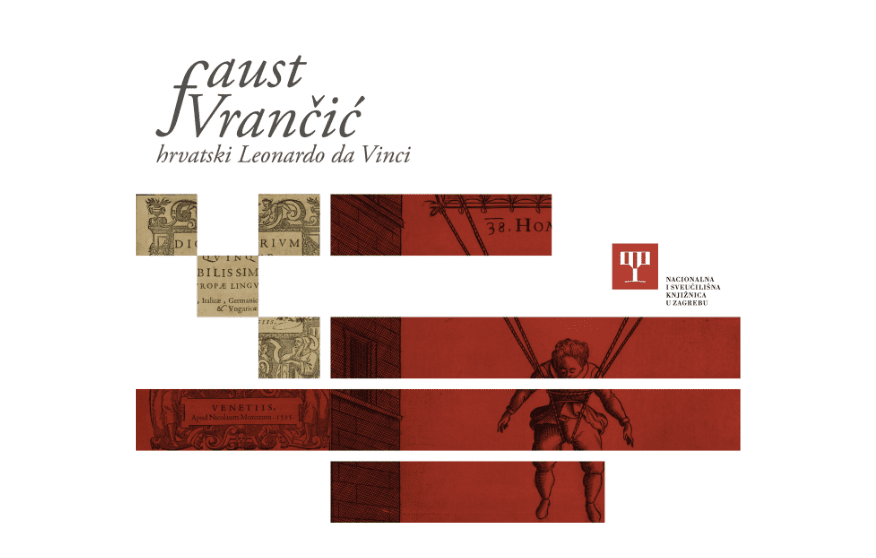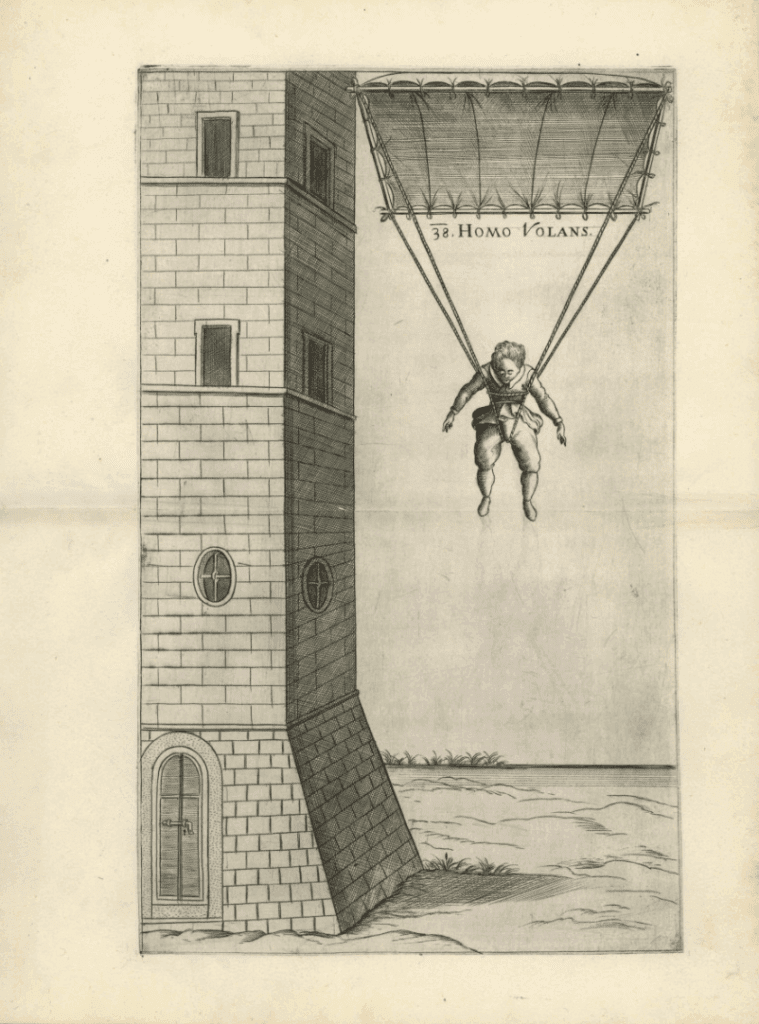“Faust Vrančić – the Croatian Leonardo da Vinci” exhibition on view by 25 Jul 2025

Visit the exhibition which the National and University Library in Zagreb (NSK) prepared in cooperation with the Croatian Academy of Sciences and Arts (HAZU) to mark the 410th anniversary of the publication of Machinae novae, a breakthrough work by a remarkable Croatian scholar at the turn of the 17th century Faust Vrančić (1551-1617).
Authored by the Senior Research Associate at the Division for the History of Natural and Mathematical Sciences at the Academy’s Institute for the History and Philosophy of Science Dr Marijana Borić and remaining on view by 25 July 2025, the exhibition sheds light on the life and achievements of a distinguished Croatian humanist, diplomat and bishop Faust Vrančić (Faustus Verantius).
“The Croatian Leonardo da Vinci”
Above all famous for his visionary ideas, Vrančić was the epitome of the ability and versatility of “the Renaissance man”. A true homo universalis, he was an inventor, engineer, writer of technical treatises and lexicographer, as well as the author of works in the fields of philosophy, literature and historiography. Owing to his having been highly accomplished in such a wide range of areas, he has rightfully been dubbed “the Croatian Leonardo da Vinci”.
Machinae novae – a gem of European 17th-century technical literature
Machinae novae (Venice, 1515/16), Vrančić’s major work, enriched the tradition of technical literature of the Renaissance period not only by introducing entirely new ideas, but by presenting numerous improvements which perfected the performance and advanced the functionality of the already existing constructions and devices.
Especially impressive is that some of Vrančić’s advanced ideas such as the metal bridge, chain suspension bridge, parachute, aerial lift and shock absorbers are still widely applied with only minimal modifications, despite more than four centuries of rapid technological development that followed after Vrančić published his progressive designs.

The exhibition has been organized as part of Heritage at Hand at CroAtrium, the Library’s 2025 programme aimed at the popularisation of Croatian cultural heritage which it preserves as part of Croatica, Croatia’s national library collection.
